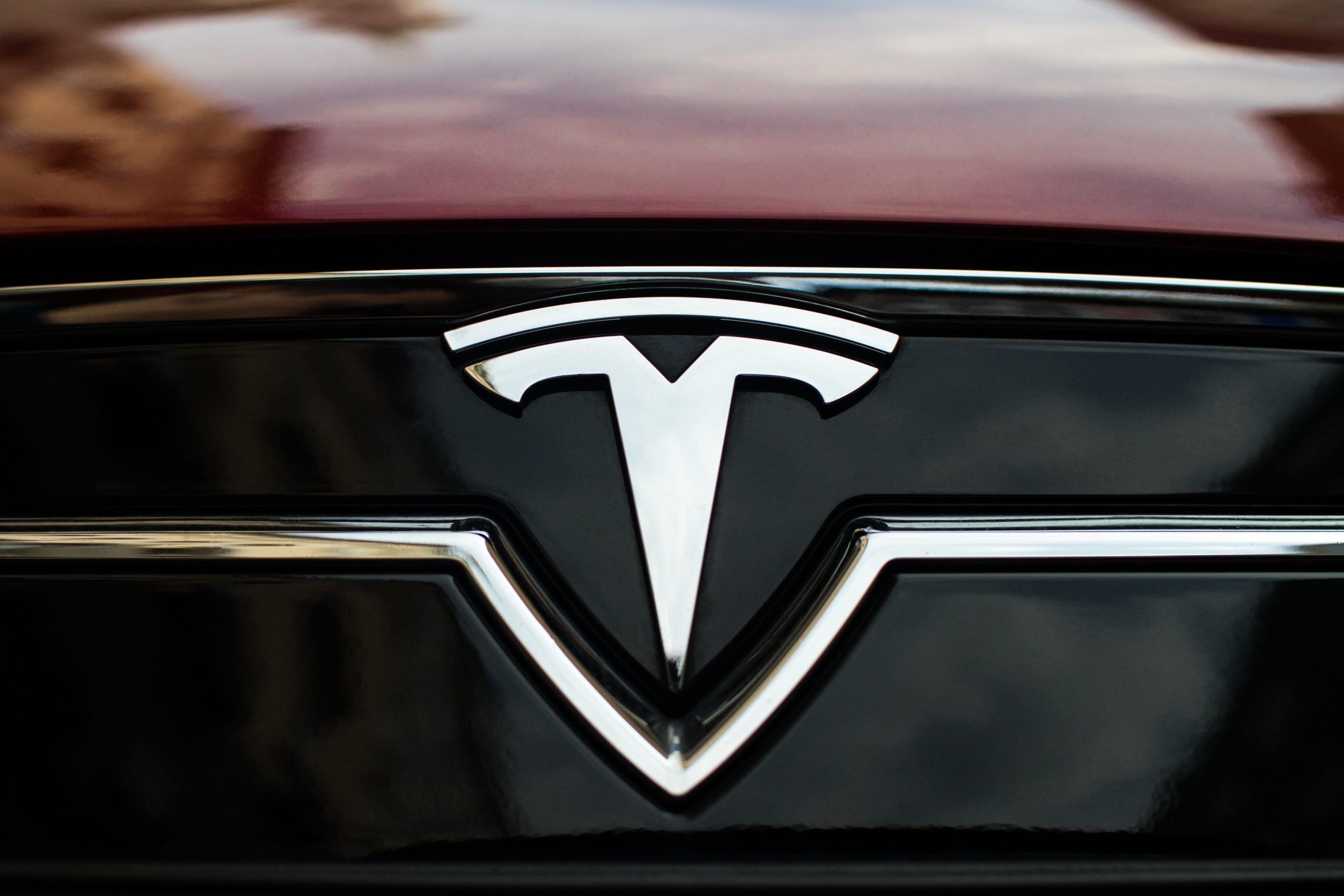Launching an aggressive driving mode while regulators investigate your safety record takes serious corporate confidence—or serious disconnect from reality. Tesla released its “Mad Max” Full Self-Driving profile on October 16, enabling speeds exceeding limits by 15+ mph and frequent lane changes, just as NHTSA probes 58 FSD violations across 2.8 million vehicles. The timing feels like doubling down at a poker table while the house counts your chips.
Real-World Performance Tests Reveal Systematic Speeding
Early adopters report the system regularly hits 85 mph on highways and ignores posted limits.
Within 24 hours of release, Mad Max mode was caught rolling stop signs and driving “70 in a 55 in the pitch black on an unlit road,” according to early access testers. Users praised the aggressive profile for Los Angeles traffic navigation, where constant lane changes help escape gridlock. But this Level 2 system—requiring constant human supervision despite its autonomous-sounding name—now deliberately programs rule-breaking behavior into millions of vehicles.
Federal Investigations Mount Amid Bold Feature Releases
NHTSA has opened four separate FSD investigations in the past year alone.
The regulatory landscape couldn’t be more hostile to Tesla’s latest gambit. NHTSA’s current investigation encompasses 58 incidents of FSD vehicles violating traffic laws, including red light running and improper lane changes. A Miami jury recently awarded $240 million in a wrongful death case involving Autopilot, while California’s DMV challenges Tesla’s product naming in pending litigation. Tesla was forced to recall FSD Beta in 2022 specifically for making rolling stops—behavior similar to what Mad Max now exhibits.
Seven Years of Autonomy Promises Meet Regulatory Reality
Tesla claims statistical safety improvements while individual incidents trigger investigations.
Tesla claims FSD may be “200 times safer” than human drivers based on 5.3 billion accumulated miles of data. Yet the company has promised Level 4 full autonomy “every year for the last seven years” while delivering a Level 2 system requiring constant attention. The contradiction defines Tesla’s approach: impressive statistical performance undermined by edge cases where the system crosses multiple lanes and hits divider posts at highway speeds. Mad Max mode amplifies this tension, delivering user-demanded aggression while regulators question whether current safety claims justify expanded risk-taking capabilities.





























